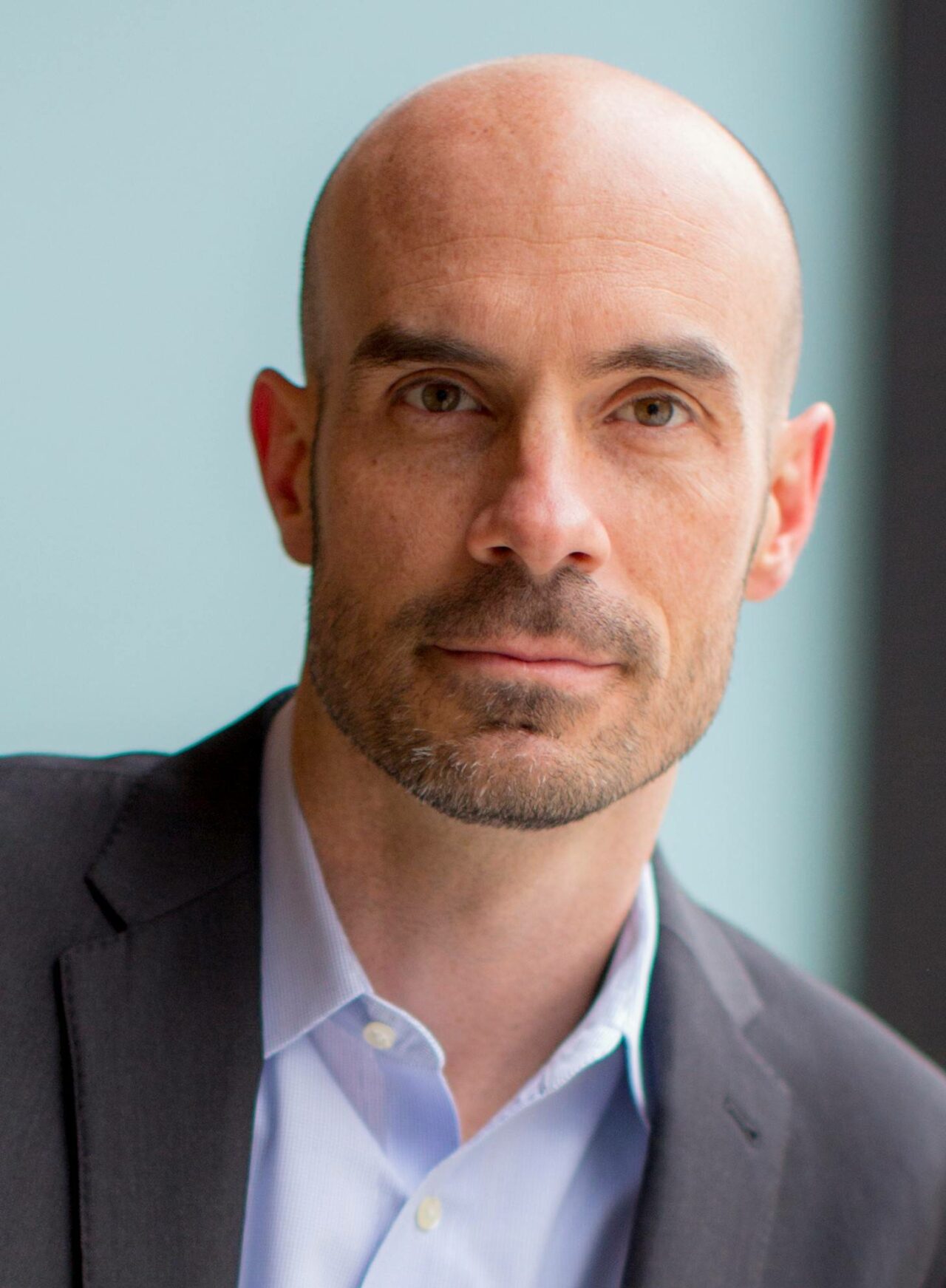With lockdown measures lifting, the prospect of a gradual return to the office is looming. And whether that transition starts next week or next month, it brings with it a whole host of questions and concerns for employees. Most importantly, with cases of COVID rapidly escalating, how do we safeguard people’s health and wellbeing?
Enhanced cleaning, sanitiser stations and extra waste facilities are among the measures to be expected. But what about the air that we breathe, deep into our lungs? How do we ensure it’s as virus-free as possible?
Dr Joseph Allen is one of the world’s leading experts on healthy buildings. And he’s a firm believer that people should be questioning their employers, to find out what’s being done to clean the air.
“You can see masks, you can see signage and you can see handwashing stations, but you don’t know about the air quality unless you ask,” he says. “The challenge is that it’s one of the control strategies you can’t see. There is an awakening though – the other day someone at my local store told me he’d upgraded their filters.”
Shocking statistics
Of course, we’re talking here about limiting the airborne transmission of COVID-19. While the virus is transmitted through larger respiratory droplets, expelled when an infected person talks, breathes or cough, it’s also passed on through miniscule respiratory droplets called aerosols. Smaller and lighter, they remain suspended in the air, building up in badly ventilated spaces and spreading infection.
“We estimate that respiratory aerosols account for 90% or more of COVID-19 transmission,” explains Dr Allen. “That’s around 60% of near-field transmission and around 40% of far-field transmission, so beyond 6ft.”
They may be shocking statistics, but there is good news too. With easily implemented measures, the risk of infection can be vastly reduced.
“If you add masking, ventilation and filtration you can potentially reduce exposure greater than 99%,” says Dr Allen. “We’ve even built a web-based calculator that’s available online – you can play with the numbers and see that you get to 99% reduction in exposure from really simple measures. It doesn’t currently include Delta or the vaccine, but we’re working on updates.”
Ventilation matters
Given that we can vastly reduce exposure with the right methods, what should we be doing to protect the workforce? In the UK, HSE guidance states that employers need to ensure there’s an adequate supply of fresh air. This can be through natural ventilation – using windows, doors or air vents – or mechanical ventilation systems which bring in fresh air from outside.
“Natural ventilation can be enough,” says Dr Allen. “If you have the windows and doors open, for a cross breeze, it can get you a high air change rate. Depending on the weather conditions and building type, that could be anywhere from two air changes to 14 air changes per hour. You’ll see the variation in your own home – some days you’ll open the window and there’s not a lot of air movement, while other days the papers on your desk will fly around.
“There has been a lot of concern around school buses, but if you open up the windows and the bus starts moving, you get 20-40 air changes per hour. It’s similar in a car – if you have the windows open you create a very high air exchange rate and it’s less of an issue.”
Optimal filtration
So, what air change targets should we be aiming to meet in an office? In addition to air ventilation from outdoor air, respiratory aerosols can also be removed through air filtration.
“We argue for four to six air changes per hour, or the equivalent,” says Dr Allen. “Typically, the term ‘air changes per hour’ is used to talk about outdoor air changes, and we talk about equivalent air changes per hour through any combination of ventilation or filtration. We recommend MERV 13 filters or higher.”
For the uninitiated, MERV stands for Minimum Efficiency Reporting Value and the rating defines the filter’s power to capture particles between 0.3 and 10 microns (µm). The rating system ranges from 1 to 20, with one being the least efficient and 20 being the most. The problem, says Dr Allen, is that the majority of our standards aren’t designed for infection control.
He explains, “A typical building has a MERV 8 filter, which captures under 20% of the respiratory aerosols we’re interested in – it’s not designed for infectious diseases. However, a MERV 13 will get you 80% or higher, so it’s much more effective.
“This is a control strategy that should have been in place before COVID, and it should be in place after COVID. It needs to stay in place even when people are vaccinated. It’s good for influenza and other respiratory diseases too. It’s not expensive or hard to upgrade, it’s just new.
“If people are anxious about going back to the office, they should absolutely ask what is being done. And we should be sure they don’t say things like ‘we’re meeting the code.’ You want to know they’re going above and beyond what was typical.”
Dr Joseph G. Allen is Director of the Healthy Buildings program and Associate Professor at the Harvard T.H. Chan School of Public Health. He is also Chair of the Lancet COVID-19 Commission Task Force on Safe Work, Safe Schools, and Safe Travel.
Read more from Dr Joseph Allen on the power our buildings have to combat COVID-19.

Sophie Barton
Sophie Barton is our Features Editor. She a journalist and editor with 20 years’ experience in the national media, specialising in wellbeing and lifestyle.




